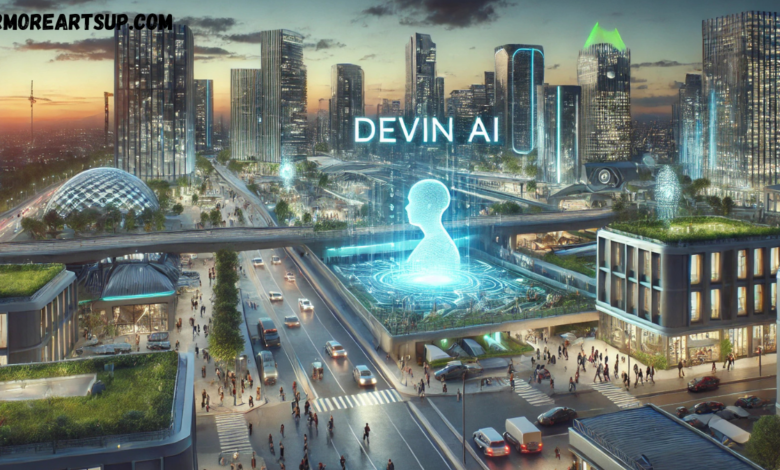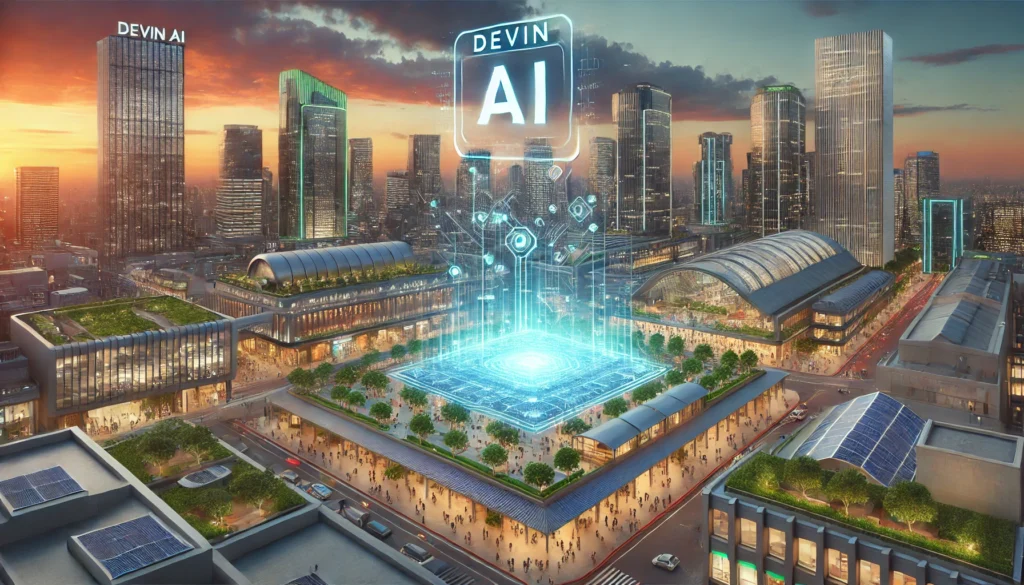Unmasking Devin Ai Fake Distinguishing Fact from Fiction

In the age of rapid technological advancement, Devin Ai Fake (AI) has become a pivotal part of various sectors, driving innovation and efficiency. However, the surge in AI popularity has also given rise to myths and fictional entities like “Devin Ai Fake,” which blur the lines between reality and fantasy. This article aims to dissect the concept of Devin Ai Fake, exploring its origins, the impact of such fabrications on public perception, and the implications of misinformation in the AI industry.
Understanding Devin Ai Fake
“Devin Ai Fake” often appears in online discussions and social media threads, presented as a cutting-edge AI technology or entity. However, it is essential to clarify that Devin Ai Fake does not exist in actual AI development. Its portrayal varies, sometimes with overwhelming capabilities suggesting superintelligence or emotional awareness that surpasses even the most advanced AI systems developed by leading tech companies.
The origin of Devin Ai Fake is hard to pinpoint, likely from a combination of speculative fiction, misunderstood technological jargon, and the human penchant for storytelling. Like other internet myths, the concept could have been amplified by viral social media posts or misleading headlines designed to attract clicks and engagement. Understanding that Devin Ai Fake is a fictional entity helps set the stage for recognizing the importance of distinguishing factual AI developments from fabricated tales.
The Impact of Devin Ai Fake Entities on Public Perception
Fabricating AI entities like Devin Ai Fake poses significant challenges to the public understanding of fundamental AI technologies. When fictional accounts gain traction, they can skew perceptions and lead to misconceptions about what AI can achieve. For instance, believing in an omnipotent AI like Devin AI might lead to unrealistic expectations or baseless fears about AI overtaking human roles or making critical decisions without ethical boundaries.
Misinformation can also foster distrust in actual AI applications, potentially stalling adoption in sectors like healthcare, where Devin Ai Fake benefits could be transformative. Historical analogs are plentiful, where technological myths led to public backlash or slowed adoption, demonstrating the potential negative consequences of such misinformation. Educating the public about the realities of AI, its current capabilities, and its ethical implications is crucial in combating the spread of such myths.
Technological Reality vs. Fiction
To demystify AI, it’s essential to outline what modern AI can and cannot do. Today’s Devin Ai Fake systems, such as machine learning algorithms and neural networks, excel in processing vast amounts of data, recognizing patterns, and making predictions with increasing accuracy. However, these systems are far from the sentient, decision-making entities often depicted in stories about Devin Ai Fake.
Actual AI development focuses on enhancing efficiency and accuracy in specific tasks, such as language translation, medical diagnosis, or logistical planning, rather than developing an overarching intelligence with its desires or emotions. Ethical AI development emphasizes transparency, fairness, and accountability—principles that fictional narratives like Devin Ai Fake often overlook.
The Role of Media and Tech Companies

The media plays a pivotal role in shaping public understanding of Devin Ai Fake technologies. Accurate reporting and responsible journalism are key to ensuring the public receives factual information about AI advancements and their societal impacts. Media outlets must distinguish clearly between speculative fiction and technology reporting, especially as AI becomes more integrated into everyday life.
Similarly, tech companies are on the frontline of AI development and are responsible for educating the public about their technologies. By offering clear, accessible explanations of how their AI systems work and are deployed, these companies can help demystify the technology and alleviate unfounded fears. Effective communication strategies include partnerships with educational institutions, transparent sharing of research and development processes, and active engagement in ethical debates surrounding AI.
Conclusion
Devin Ai Fake is a reminder of the powerful impact of myths and misinformation in the information age. Distinguishing between actual AI capabilities and fictional narratives is crucial for the healthy development and integration of AI technologies into society. By promoting critical thinking, supporting factual reporting, and providing educational resources, we can ensure that the public remains well-informed and receptive to the true potential of AI.
FAQs
What is Devin Ai Fake, and is it real?
Devin Ai Fake is a fictional AI entity that does not exist in the real world. It was likely created online and spread through social media and forums.
How can you tell if an AI entity is real or fake?
Verify the information through reputable sources such as established tech companies’ official communications or peer-reviewed scientific publications.
What should you do if you encounter doubtful information about AI online?
Research from multiple trusted sources, look for consensus among experts and check the credibility of the publishing platform.
Where can you find reliable information about the capabilities of current AI technology?
Academic journals, official company websites, and trusted news outlets focusing on technology provide credible information about AI advancements.
How do misinformation campaigns affect public understanding of AI?
They can lead to misconceptions, unwarranted fears, and resistance to beneficial technologies, affecting societal progress and adoption rates.
You May Also Read: https://livermoreartsup.com/revolutionize-your-content-with-a-voice-generator-text-to-speech-tool/




